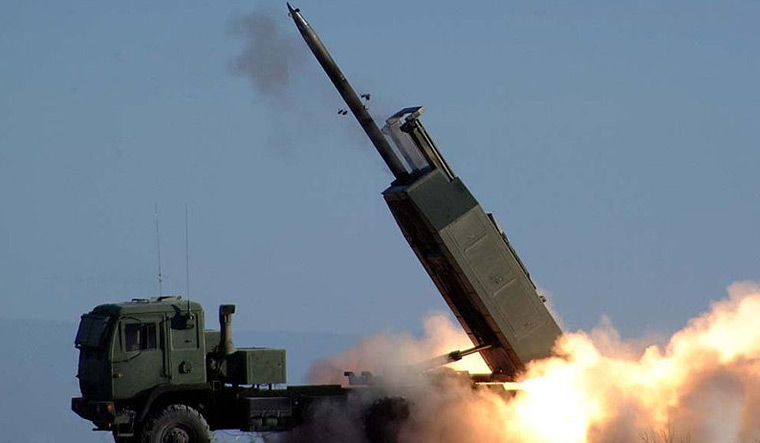The ongoing conflict between Russia and Ukraine has seen the US defence industry clock record weapons sales with the business touching $80.9 billion in 2023 through its foreign military sales programme.
“We’ve had a huge increase in demand from our European allies and partners over the last few years since the … invasion by the Russians in Ukraine,” James Hursch, director of the Defense Security Cooperation Agency (DSCA) said recently during the 2024 Sea-Air-Space maritime exposition near Washington.
Under the US Department of Defense, the DSCA oversees global military sales and is mandated “to advance US defence and foreign policy interests by building the capacity of foreign partners in order to encourage and enable allies and partners to respond to shared challenges.”
On February 24, 2022, in a sudden move that took the world by surprise and triggered global panic, Russian soldiers moved into Ukraine in what Russian President Vladimir Putin called a ‘special forces operation’.
More than two years later, the scope of the conflict has expanded, new alignments have shaped up, and tectonic forces have been unleashed that seriously threaten to alter the existing global order. The US is the leading weapons seller in the world and sells its weapons to 107 countries, 55 per cent of the total number of countries in the world.
Of the total of $80.9 billion of authorized value implemented arms transfers and security cooperation programmes for FY 2023, $62.25 billion were in arms sales funded by US allies and partner nations, and $3.97 billion under the ‘Title 22 Foreign Military Financing programme, while $14.68 billion was used for the Ukraine Security Assistance Initiative, for building partner capacity programmes conducted by the Defense Department, and also for programmes under the Foreign Assistance Act.
The big ticket sales comprised AH-64E helicopters that were bought by Poland, besides High Mobility Artillery Rocket System or HIMARS, the Integrated Air and Missile Defense Battle Command System, and M1A1 Abrams Main Battle tanks. The other countries that were prime customers of US military equipment were Sweden and the Netherlands.
"One of the principal lessons we have learned in the Ukraine crisis and looking at ourselves as we've gone through this is ... the health of our defence industrial base… we need to pay more attention to that,” said Hursch.
“It’s also true that we're seeing in Europe an increased focus on the strength of the industrial base. And we're looking for ways in which we can cooperate across those industrial bases,” he added.



